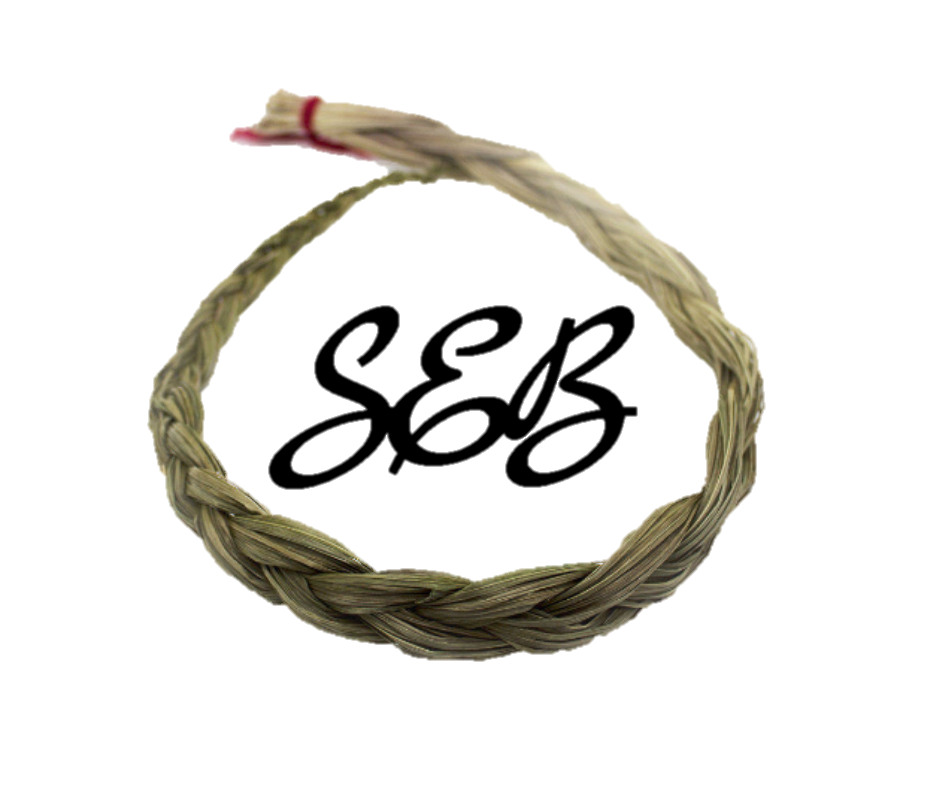English Bulldog Breed Overview
- SEB - Admin

- Aug 22, 2019
- 3 min read
Temperament: Friendly, Courageous, Calm Height: 14” – 15” Weight: 50 lbs. (male), 40 lbs. (female) Life Expectancy: 8-10 years Group: Non-Sporting Group

Diet: Bulldogs do well on a high-quality dog food, rather it be kibble purchased from a store, or a raw/cooked diet prepared at home. English Bulldogs are more susceptible to be overweight than other breeds, so special care must be taken to ensure calorie consumption is monitored.
Grooming/Care: Sweetgrass English Bulldogs recommends grooming your English Bulldog every day. Their wrinkles around the face and feet are prone to infection and irritation and should be cleaned daily. Clean with a cotton ball dipped in peroxide and apply cornstarch afterword to help dry. Do not use peroxide or cornstarch near your bulldog’s eyes.
Bath’s should be given with care, as an English Bulldog’s skin is prone to drying and excess bathing can increase skin irritations. SEB recommends using Dawn Dish Soap (blue bottle, regular strength) during bath time to de-grease the hair and allow for dog shampoo to clean more efficiently. Follow with dog shampoo made for sensitive skin types. Use caution when using a blow dryer on your bulldog – they are prone to overheating and a warm/hot hairdryer increases the chances for overheating.

Bulldogs greatly benefit from a soft brushing for 10-15 minutes two or three times a week. For extreme shedding, Sweetgrass English Bulldogs recommends gently using a Furminator Deshedding brush twice a week until the undercoat / loose hair is removed. Normal shedding can be resolved using a rubber curry brush. Great care should be given to the tail area as some bloodlines present a tight, screw-like tail which is prone to irritation.
Health: Overheating is the largest concern facing English Bulldogs of all ages. Owners should be cautious of their bulldog during summer months or extended outside exposure. Bulldogs should not be left in the sun or an enclosed car even during cooler months. When overheated, the bulldog’s tongue will come out farther than normal and will have a bluish/pale tint. Bulldogs should be soaked in cool water and given ice if overheated.
In addition to overheating, the English Bulldog owner should be vigilant of common heath issues in which this breed is more susceptible to. These include (but are not limited to), cherry eye (prolapse of the third eyelid gland), entropion, "loose" hips/hip dysplasia, infertility, skin and food allergies, elongated soft palate, patellar luxation, mange, juvenile and adult wrinkle/fold infections, skin infections, skin irritations, skin and food allergies, tail irregularities, cosmetic abnormalities, non-life-altering hematoma, hemivertebra and stenotic snares (small nostrils), prolapsed anus, prolapsed urethra, and cardiac/respiratory complications.
Exercise: Bulldogs require an average amount of exercise, with larger-built dogs requiring additional exercise to combat weight gain. Stairs and pools are exercise hazards for bulldogs as their small stature makes swimming and stair climbing difficult. Owners should always supervise this breed near bodies of water. Moderate exercise includes moderate-length walks, short runs, and moderate-length games of fetch. Overheating and over exhaustion is easy for an bulldog, and owners must constantly supervise English Bulldogs when exercising or playing.

Training: Loyal and devoted, English Bulldogs aim to please their owner(s). Socialization is very important at an early age to keep this breed from becoming aggressive around other dogs and humans. Bulldogs love to chew, and owners should take special care to remove any household hazards that can be dangerous. Owners are encouraged to teach their dogs the “DROP IT” command, especially during tug-of-war. Bulldogs can also be protective of their food and it’s important that owners train this breed that having food taken out of their bowl is okay to avoid food aggression.
Bulldogs take considerably longer to learn things than other breeds – and owners should be patient and persistent when training.
Many English Bulldogs end up in rescues because prospective owners are unaware of their future size and the rigorous care required to maintain this breed.
History: Bulldogs were created in 13th-century England to be used as “bullbaiting” (bulls fought a pack of dogs for sport). The bulldogs originally had extremely large jaws, a much larger stature, unparalleled bravery, and an otherworldly pain tolerance.

In 1835, England banned bullbaiting. The sport quickly went underground and evolved to pit fighting in cellars, which required a more animated and swifter breed than the current English Bulldog at the time. This is how Bull Terriers, Staffordshire Bull Terriers, and other larger, “bully breeds” were created.
The banning of bullbaiting meant there was no need for the English Bulldog at the time, and the breed quickly faced extinction. Fans and lovers of the English Bulldog began the slow process of changing the breed from a fighting dog to the companion dog we are familiar with today. The physical features became more attractive, and the temperament was settled so the dog would be comfortable around all adults and children. The breed was officially recognized by the AKC in 1886.





Comments